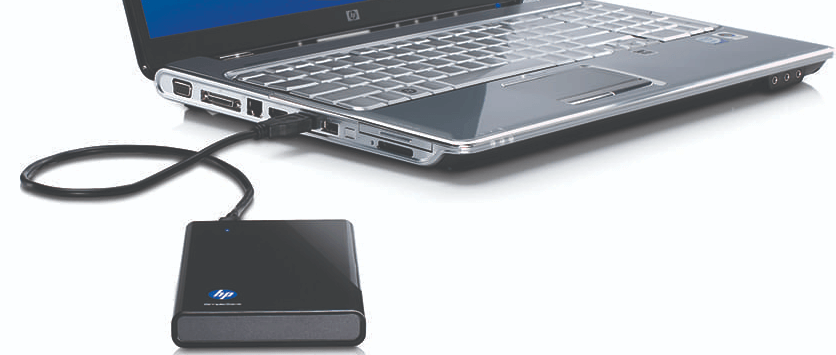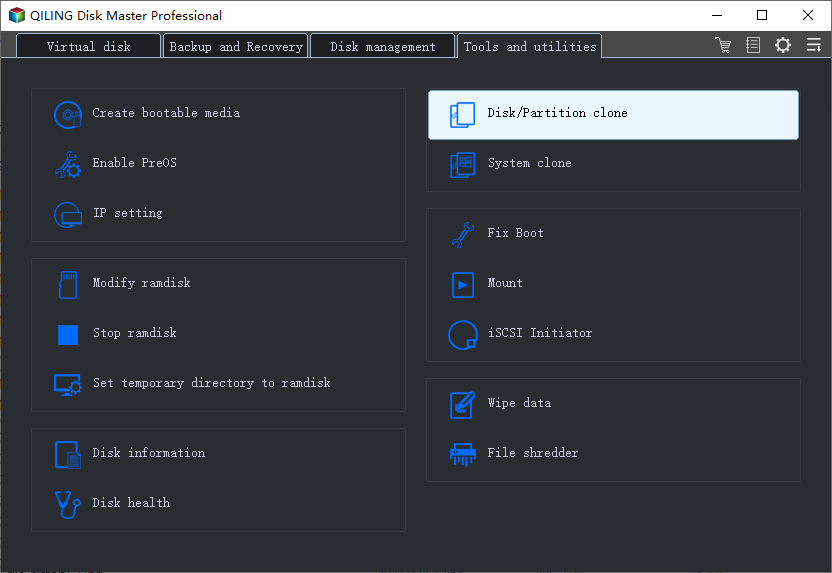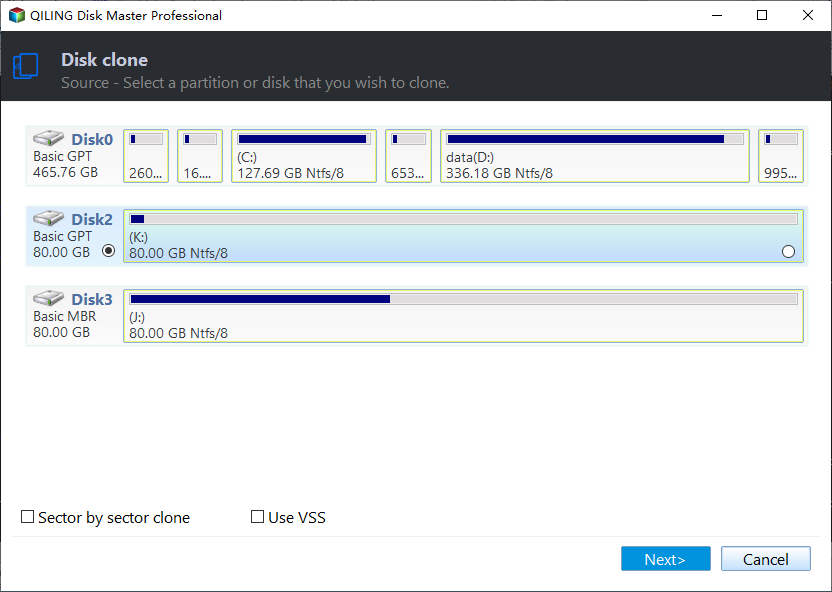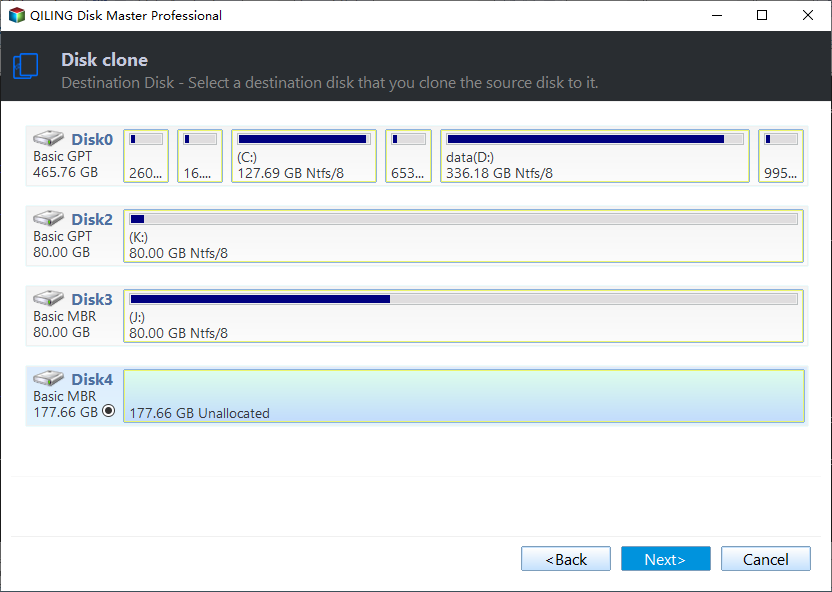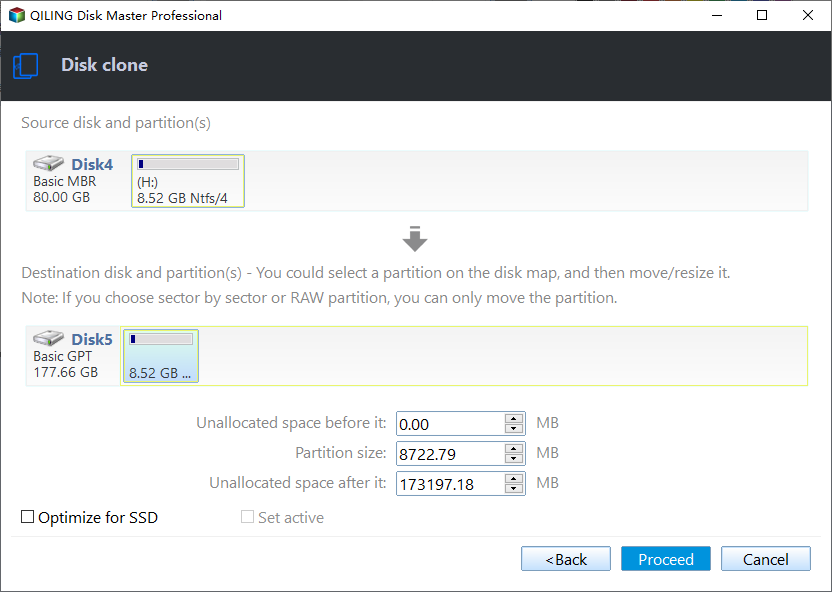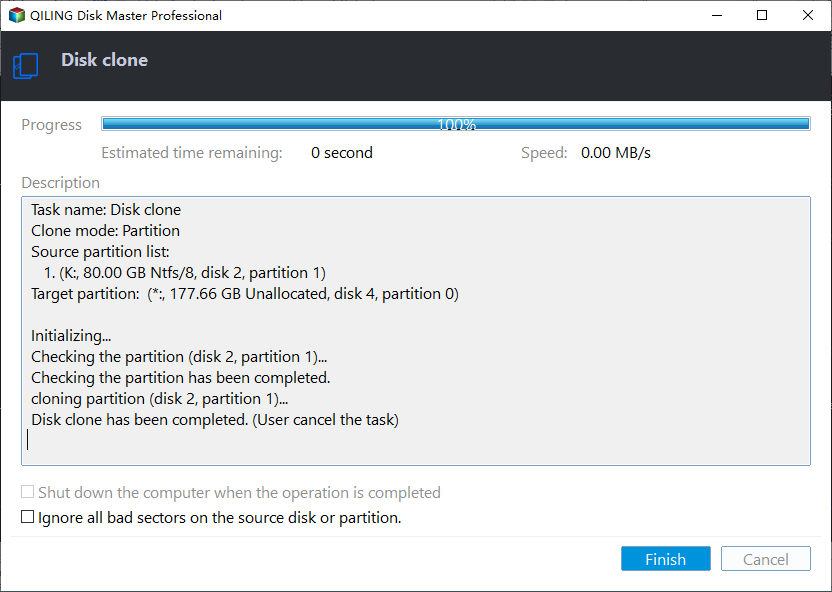How to Transfer SSD to New SSD Without Losing Data
How to transfer data from old SSD to new SSD
I currently have a Western Digital SSD drive where Windows 10 is installed. I was planning to get a new SSD and wanted to migrate all data including the OS and installed games from the old SSD to the new one. So, how to transfer SSD to another? Thanks for any help!"
Transfer SSD to new SSD by cloning
The solid-state drive has become quite popular among computer users due to its better performance, faster reading and writing speed, and excellent durability, etc. Many users even install or migrate OS onto SSD drive from HDD to speed up the computer. However, when the old SSD is small, or about to fail, you might want to transfer everything from old SSD to new SSD for an upgrade or a replacement.
To migrate some personal files like photos, music, and documents from one SSD to another SSD, you can copy or cut them in the old SSD and paste them into the new SSD drive. But to move a large amount of data, will cost time. Also, if you transfer applications through "copy and paste" to another SSD, some can be unbootable. And, if the SSD is a bootable drive and holds the boot files, that method will make the boot files invalid. As a consequence, you cannot boot OS from the new SSD drive afterward.
Luckily, you can clone SSD drive. This can transfer all data from old SSD to new SSD and then transferred OS/programs can load up as they were in the old solid-state drive.
Best SSD clone software: Transfer SSD to SSD easily and safely
Clone can assist in the transfer of data from one SSD to another without the need to reinstall the Windows operating system or risk data loss. This is because you are creating a duplicate of the drive, which allows you to boot the computer as usual with no delay.
It is crucial to have a cloning utility that is both efficient and dependable to transfer an SSD seamlessly to a new SSD. We can confidently assert that Qiling Disk Master Professional is the most effective disk cloning software for transferring old SSDs to new SSDs, based on a fair comparison and reviews from the highest-rated websites.
This software provides the "Disk Clone" function to help transfer everything to new SSD via cloning the entire disk. Besides, there are two different disk clone methods for you to choose based on your actual requirements and SSD size.
▸ Clone Disk Quickly ▸ will only copy the used space of the disk to another disk. So the destination disk must have to be larger than the used space of the source disk. This method can clone larger SSD to smaller SSD.
▸ Sector-by-Sector Clone ▸ will copy every sector of the disk to another one no matter it is used or not. So the target disk must be larger than the source disk. This method can help you clone BitLocker disk.
This method also works for cloning USB flash drive, SD card and other hard drives in Windows 11/10/8/7. Moreover, its "Partition Clone" feature allows you to clone a specific partition to another drive.
Step-by-step: How to transfer SSD to SSD without losing data
After getting a basic understanding of this SSD cloning software, you might want to know how to transfer data from old SSD to new SSD via its "Disk Clone" function. So, next we will show you how to perform it step by step. Please download the Demo Version for a free trial!
Preparation work:
● Install the new SSD to your desktop or laptop. If your electronic device has only one disk slot, you may need a SATA to USB adapter to connect it. (If the target disk has not been used, please initialize it first.)
● Although cloning is a safe process, there is a necessity to back up your important files.
Step 1. Install and launch Qiling Disk Master Professional, click "Tools" in the main interface, and select "Clone Disk".
Step 2. Choose the hard disk that you need to clone as the source disk and click "Next".
Then, you can check the source and destination disk in the next window or change to "Sector to Sector clone".
Step 3. Select the destination disk to store the data on the source disk, and then click "Next".
Step 4. Here, you can also click the "Settings" button to adjust the partition size on the destination disk or tick "4k alignment" to optimize performance of SSD.
① Clone without resizing partitions: all partition will be cloned to the target disk as the original partition size. It is available when the target disk is large enough to hold all partitions on the source disk.
② Fit partitions to entire disk: all partitions will be cloned to the target disk and take up its full capacity according to the original partition size proportion.
③ Edit partitions on this disk: you can change every partition size on the target disk as you need.
Step 5. After returning to the main interface, check the pending operation and click "Apply" and "Proceed" to commit the operation.
If you are cloning the system hard drive to another hard drive, to successfully boot from the destination hard drive and avoid the embarrassing moment that cloned SSD won't boot, please do as below:
Step 1. Restart your computer, long press the "F2" key (perhaps other keys like DEL), and access the BIOS environment.
Step 2. Change the boot order and set the cloned hard drive as the first boot drive in BIOS.
Step 3. Press "Enter". Now you should boot the computer from the cloned hard disk successfully.
This guide is based on transferring/cloning the MBR SSD with OS installation to another GPT SSD drive. If you are doing that as well, please ensure your motherboard supports the UEFI boot mode because you need to change into UEFI from BIOS to boot OS from cloned SSD successfully.
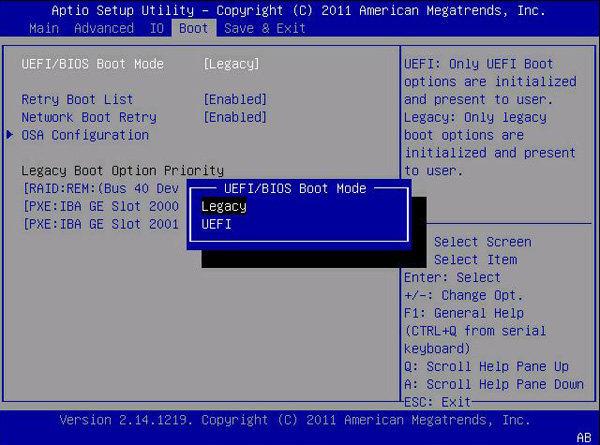
The vice versa is also true. If you don't want to change the boot mode or the motherboard does not support UEFI, you can convert SSD to MBR before cloning.
Further reading: transfer only OS/Apps from SSD to new SSD
The above guide is about how to transfer all data from old SSD to new SSD drive via Qiling Disk Master Software. What if you want to transfer only OS or some applications from one disk to another one? Don't worry, the Qiling Disk Master Professional can also help you with that.
1. Migrate OS from old SSD to new SSD
Qiling Disk Master Professional comes with the "Migrate OS", which allows you to transfer only OS-related partitions to another location and boot from the destination drive successfully.
2. Transfer some applications from old SSD to new SSD
Besides moving OS partitions, this versatile software is also able to transfer some applications from one drive to another without damaging the boot files. So, you don't need to worry that the moved Apps cannot load after migration. To do this job, just click "Free up" > "App Mover" and follow the steps. Now, this feature also supports moving Cache, Downloads, or other large video folders to another drive.
Conclusion
So, with Qiling Disk Master Professional, you can effectively transfer SSD to a new SSD by cloning a hard disk. Furthermore, it is not only an SSD cloning utility to transfer data between two SSD drives, but also an SSD repair tool to help fix damaged or corrupted SSD. If you want to clone SSD to SSD in Windows Server, you can try Qiling Disk Master Server.
FAQs about how to transfer SSD to new SSD
Do I need an external adapter to perform the transfer?
In most cases, an external adapter is not necessary if you are transferring data between two internal SSDs. However, if one of the SSDs is external, you may need an external SSD enclosure or adapter.
How do I check if my SSDs are compatible with data transfer?
Check the physical size (2.5-inch or M.2), and connection interface (SATA or NVMe), and ensure the target SSD has equal or greater capacity than the source SSD. Reviewing the manufacturer's specifications is recommended.
Can I transfer data from an HDD to an SSD using the same methods?
Yes, the process is similar. However, note that the speed benefits of an SSD may not be fully realized if the HDD is significantly slower.
What do I do if my new SSD is not recognized after the transfer?
Check the connections, ensure the new SSD is properly seated, and try re-cloning the data. If issues persist, consult the SSD manufacturer's support or forums for guidance.

